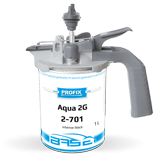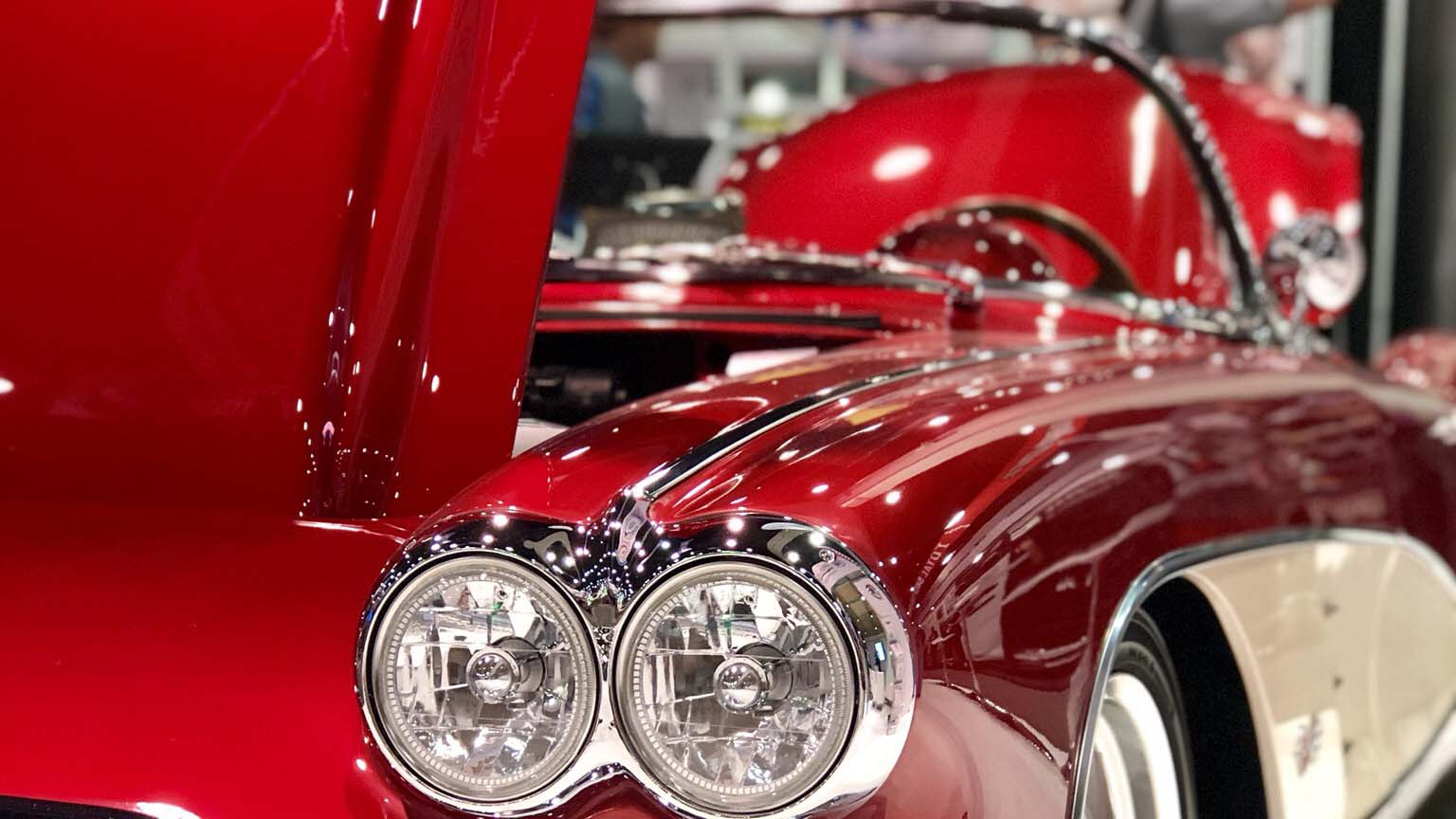Recently added
Most read
Why use the water-soluble lacquers, when the conventional ones are available?
White weighs too much…
White weighs too much…
The range of colors available on the automotive market includes tens of thousands of variations. Each year new colors appear which automotive manufacturers use to tempt customers to buy their one of a kind color, specific for a given model. Have you ever wondered why a certain brand or even model is associated with a particular color?
Just what does it mean that the color is “specific for a given model”?
Over the course of many years, many auto manufacturers have tried to maintain their own unique style. This applies equally to color. When you think of Mercedes, do you see in your mind’s eye a green color, maybe red, perhaps even silver? There’s no denying that to a certain extent luxury automobiles feel best in silver, especially in OEM 744 Brilliant Silver, which many of you may know. This is the most popular Mercedes color, but it would never have become the cult object that it is today were it not for the fact that in 1934 a Mercedes W25 was preparing to take part in a race, and was weighed before entry. It turned out that it weighed 751 kg, just one kilogram more than allowed by regulations. The VIPs of Mercedes decided that they would scrape the white paint off the body, slimming it down in the process. And so they did, exposing the aluminum frame of the car, which the next day was within the weight limit and took part in the race. When we see a car like this, we definitely associate it with luxury and a sporty feel.And speaking of a sporty feel, we can’t forget about another color which is indelibly associated with another brand of car. We’re speaking, of course, of the color red and of Ferrari.
The origins of this partnership between car and color is in a way linked to the previously mentioned Mercedes. Just as white was meant to differentiate Mercedes cars during races (and later silver), so was red assigned to the Italians by the organizers of the first international races.The company with the black horse logo (and that’s a story in itself) remained faithful to its colors. Today, everyone associates a red sports car with Ferrari.
Character and the color of the car
The choice of color is an aspect which makes us think we deciding what a given car is to be used for. If we buy a prestigious limousine for the company chairman, for example, it will most often be in a dark color, because only these colors bring to mind luxury, prestige, and gravity. So, we choose black, dark blue, mahogany, dark grey. Nowadays, however, in line with contemporary trends, the chairman likes white or pearl white. Small city cars are often found in bright, optimistic colors such as raspberry, lime, yellow, orange, red, or green. These are often driven by women, and as the fairer sex likes to stand out, these colors are perfect for their cars. Sports cars have always been associated with red or black, though recently white ones have begun to appear. SUVs and other large four-wheel drive vehicles are most often in dark colors, as this is what is available, but more interesting and original colors are highly sought-after. Customers are standing in lines for white SUVs. Recently, other colors have become fashionable such as sapphire, reddish-brown, dark red, and golden brown. Every automotive concern has its own names for colors, usually very exotic sounding, such as Emerald Green (Opel Insignia), Mahogany Brown (Zafira Tourer), Arctic White or Titanium Flash (Mazda CX5), or Soul Red – a three-layer paint which is the flagship color of the Mazda 6. All of these paints are in general metallic, making the cars exceptionally striking.
Just a few short years ago, the color white was associated exclusively with company cars. Automobiles in this color could be easily covered in advertisements. Individual customers had almost no interest in white cars. Sellers often even reduce the prices of white cars. For around three years, however, the color white and its relative, pearl white, have become the most desirable, most often bought, and trendiest color in auto salons. This is confirmed by data from auto paint manufacturers, such as Profix.
This color is trendy not only in Poland, but in all the key markets worldwide. Strangely, white is popular for cars from many market segments, including compact cars, medium-sized cars, sedans, SUVs, and perhaps most strangely, sports cars. Just a few years ago, no one could have imagined a Ferrari in a color other than red, yet today a white Ferrari is a hit. The second place in the ranking is held by black, and it’s difficult to discern any practical reason for this, as both black and white are the least practical colors for cars. The third place has been held for years by silver. Further down on the ranking are grey, red, blue, brown, and orange. There are of course other rankings, but the first place is always occupied by white, and the remaining colors appear in the same order with slight differences in percentages.
The unflagging popularity of these colors and their timeless universality is confirmed by a look at the most often bought colors in touch up paint mixing programs. The ranking of colors created by uses of the Profix color matching system matches up with current market trends.
As early as 2012, the color white and pearl white were the most popular not only in Poland, but also in Europe and North America (having been at the top of the list for six years), Japan, South Korea, Russia, and South Africa. These colors have been popular across the board among different segments and as a result, luxury sedans have begun to appear in white, which before was unthinkable. Manufacturers have begun to “dress” their cars in white; compact cars, medium-sized cars, SUVs, sports cars, even trucks. Black cars are preferred, however, by drivers in China. Silver is most popular in South America and Brazil. Red, grey, brown, and their varieties are still gaining popularity. The color blue, on the other hand, has remained stable in the rankings for several years, taking a few percent of market share both in Poland and abroad. Color is the subject of research in automotive design studios for whole teams of designers, who search for that one perfect color for a given model. Next, marketing specialists promote the color. A very important role is played by the flagship color used to introduce the new model into the market, the color which the experts believe will work best with the model and which will be featured in different types of advertisements. This is because a carelessly chosen color has more than once cost a car model its “life” an otherwise acceptable model with the wrong color simply fails to sell (though nothing can help the Multipla) such as was the case with the Pale Yellow Dodge Charger (yuck!).









